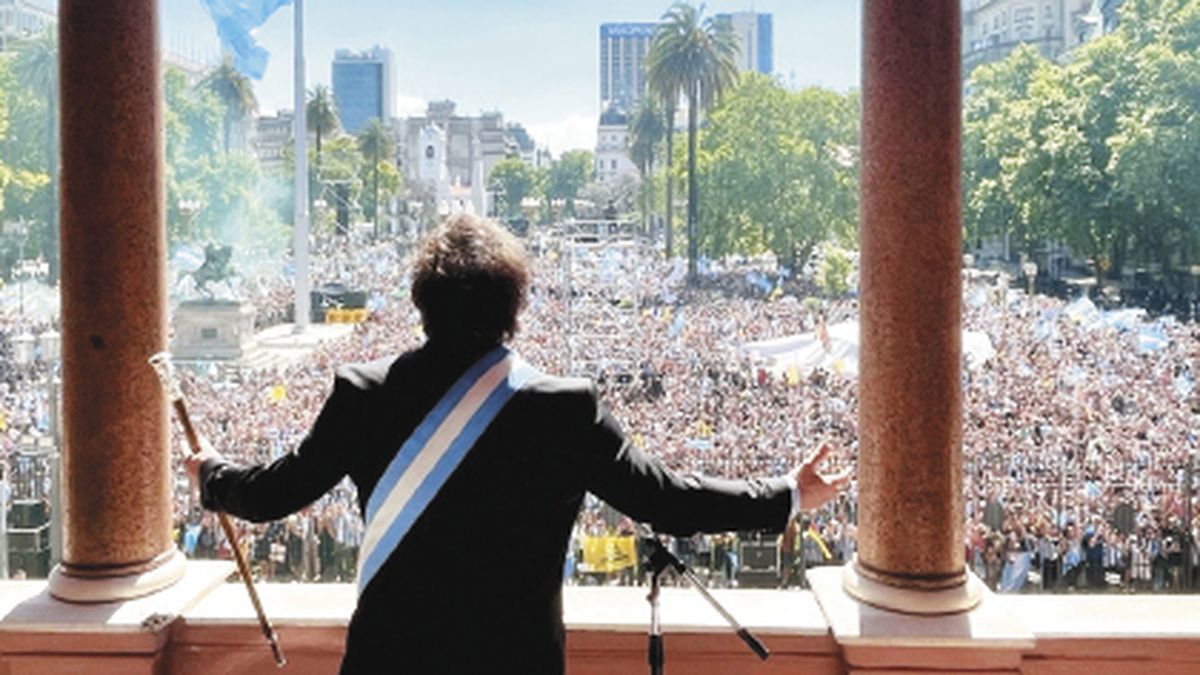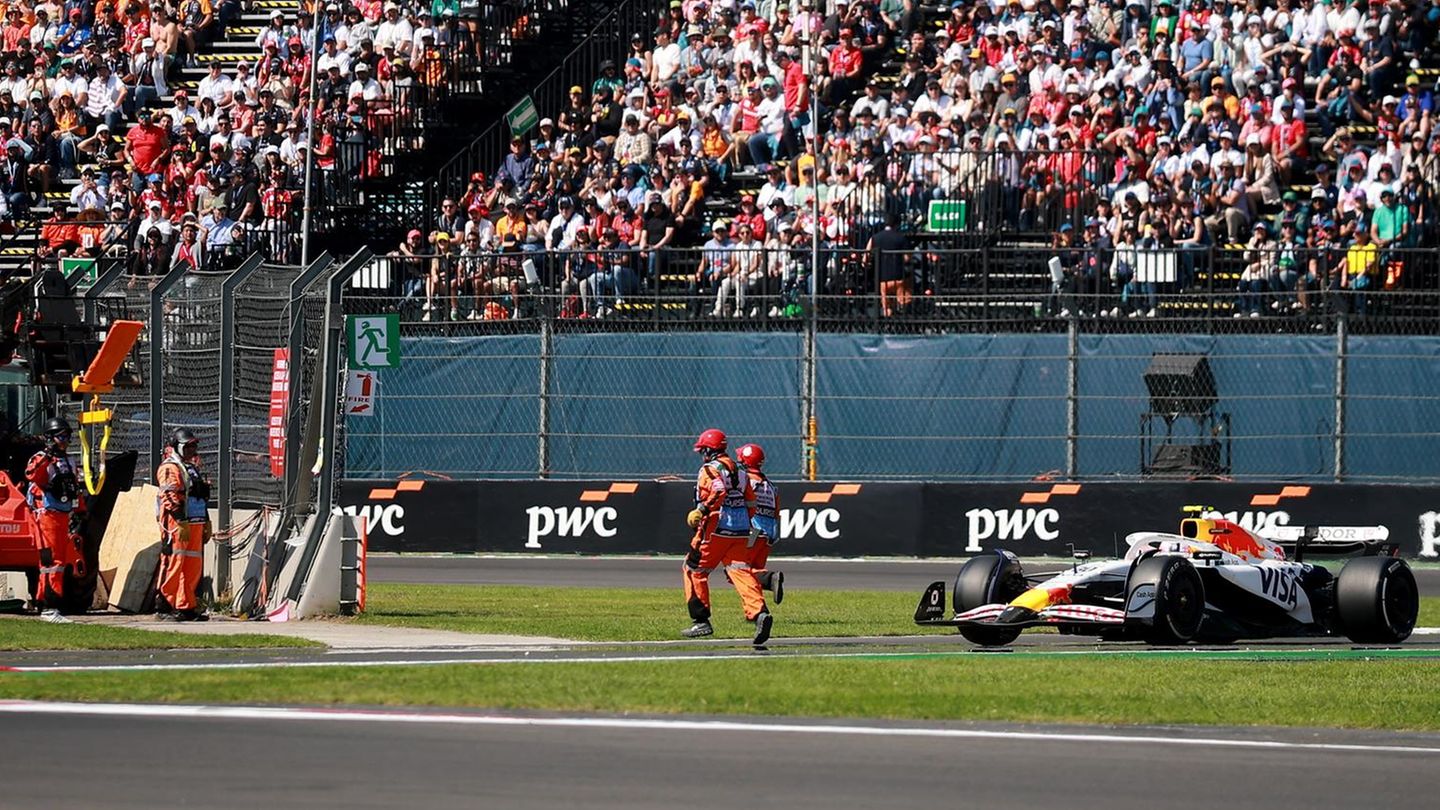Only two Latin American countries can claim that their best years were buried a century ago: Argentina and Uruguay. It is true that for Venezuelans their golden age is also part of the past, but its rapid collapse is very different from the long agony of Argentina or Uruguay. In the same way that in Mexico perhaps they miss their seventies: that of the oil boom, without the drug war and without mass emigration. But it didn’t last long, too short.
The truth is that the present is the best economic moment for almost any Latin American economy, including the Mexican one. Not even in the pasts of Chile or Colombia or Brazil or Peru is there a “Europe in America,” as Argentina was called, or a “Switzerland of America,” as Uruguay was labeled.
Peronism, emerged with the support of the army, is the expression of this attempt at a new socioeconomic formula that does not mean a shrinking of the country. And by shrinkage we refer to two specific issues: strong emigration and demographic stagnation. Uruguay suffers from both, while Argentina from neither. Because?
The elimination of artificiality from the Uruguayan economy, starting with subsidized industry and oversized public employment, was carried out jointly between the hegemonic Colorado Party and the Armed Forces in a process that began sixty years ago. Today that process is complete. This transformation is so consolidated that citizens legitimized the new reality through voting.
We can set a date for this acceptance of the new order of things with the referendum carried out by the Frente Amplio to resolve whether the economically expelled Uruguayans, 20% of the country, would have the right to vote abroad or not.
ON October 25, 2009, 64% of voters decided to deny the vote to those who had emigrated. With this forceful legitimation of the bitterest pill of its long transformation, Uruguay managed to close an entire chapter in its history. From the optimism of Batllismo and the “Switzerland of America” we moved to another, more somber tone: in today’s Uruguay a well-known joke is that they are “the Switzerland of Africa.”
It was a transformation that eliminated the artificiality of the economy, that is, a liberal transformation.
The Argentine case
The army in 1943 and Peronism from 1946 overthrew the great elite that had led the country since the rosismo: the agro-export sector. They also captured a good part of their income. With these resources, the Argentine state embarked on an attempt to avoid the most bitter recipe: the liberal one, or, in other words, a solution without an oversized state and where only the surplus sectors in dollars survive. That outcome would have meant, without a doubt, a shrinking of the country: a nation with less population and probably expulsive because none of the primary activities, even combined with the service sector, would generate enough employment.
These attempts began by, for example, refusing to dismantle the light industry that had naturally expanded between 1930 and 1946 (and which had no future in the postwar period). In 2023 it can be expressed in another example: the oversizing of provincial public employment.
That is to say, for eighty years, one artificiality was replacing or overlapping with others.
From 1989 to 1999 it seemed that Peronism was following in the footsteps of the Mexican PRI or the Uruguayan Colorado Party and applying the liberal recipe. Partially it did, but convertibility, sustained with debt and more debt, ended up being the new metamorphosis of the old artificiality of our economy.
We probably have the doubt as to whether any of the productive reconversions undertaken by the only two actors who could have completed them, the Armed Forces or the Justicialist Movement, would have achieved their goal: avoiding the liberal transformation but without the agony, stagnation and chronic crises such as results of those attempts.
The truth is that the contradictions within the Armed Forces about how to proceed were insurmountable. So insurmountable that they led to their current irrelevance.
And it is also true that the ambition for leadership and indefinite re-election made each Peronist cycle subordinate the economy to the personal purpose of each of its leaders. For this reason, Peronism may be on the same path towards irrelevance, because the electorate seems to have had enough of its wasted opportunities, whether on the right or the left.
Some clues
Some signs are clear that Argentine society may be accepting the harsh liberal transformation.
It is true that since 1946 the country has never stopped capturing, in one way or another, a good part of the income from the agro-export sector. But it is also an unappealable fact that captures little or nothing of the other surplus sector in dollars: mining.
Argentina has one of the most liberal mining regimes on the planet, beyond the kicking, lobbying and well-oiled propaganda by the deposit concessionaires. Neither the mining code nor the denationalization of the subsoil, both from the mid-nineties, were touched. The crucial defeat of Peronism in the governorate of Santa Cruz is also due to the lack of progress of the Kirchner government over the interests of the owners of the deposits of gold and other metals. The new non-Peronist governor of Santa Cruz promised another course, but only time will tell if he wants and can comply.
Furthermore, given the difficulty of quickly disciplining Argentine society, what is happening is a resignation in slow motion. For the most part, Argentina discovered poverty in the 1980s and, more crucially, unemployment in the 1990s. Unemployment is more important because it was almost non-existent since this territory was colonized. The obvious step after poverty and unemployment become structural, the reality we live today, is emigration.
Elections
But the key point is the electoral one.
The liberals, without the tutelage of either the Armed Forces or the UCR or the PJ, are the fastest growing force since the democratic restoration. In 1989 Alsogaray obtained 1% of the votes, six years later 7%, Domingo Cavallo 11% in 1999, in 2003 Ricardo López Murphy surprised with 16%, Mauricio Macri followed in the 2015 primaries with 25% and in the of 2019 with 33%. And now we are experiencing the liberal electoral explosion in which we can add the results of Javier Milei and Patricia Bullrich in this year’s primaries.
The sum gives a shocking 47%.
Coming?
Does the recent increase in withholdings (again with the trite argument that it is a “transitional measure”) speak to us about a structural and irreversible capture of agricultural income? Will dollarization, a heterodox measure, end up saving the liberal process, or with Javier Milei in the presidency has it already reached its ceiling? Does the failure of Peronism on the right and the left definitively close the chances of fundamental changes that force capital to cede resources to the state? Who can apply structural changes for the development of the country if not the PJ and its power factors? Will the liberals, faced with the difficulty of transferring assets and powers from the national state to the private sector, cede them to the provinces? Can the CGT resist as the last nucleus of the old order? Has the country already given up not only on development, but also on avoiding strong emigration?
The next five years, and not the next elections, will give us some answers.
Source: Ambito
David William is a talented author who has made a name for himself in the world of writing. He is a professional author who writes on a wide range of topics, from general interest to opinion news. David is currently working as a writer at 24 hours worlds where he brings his unique perspective and in-depth research to his articles, making them both informative and engaging.




